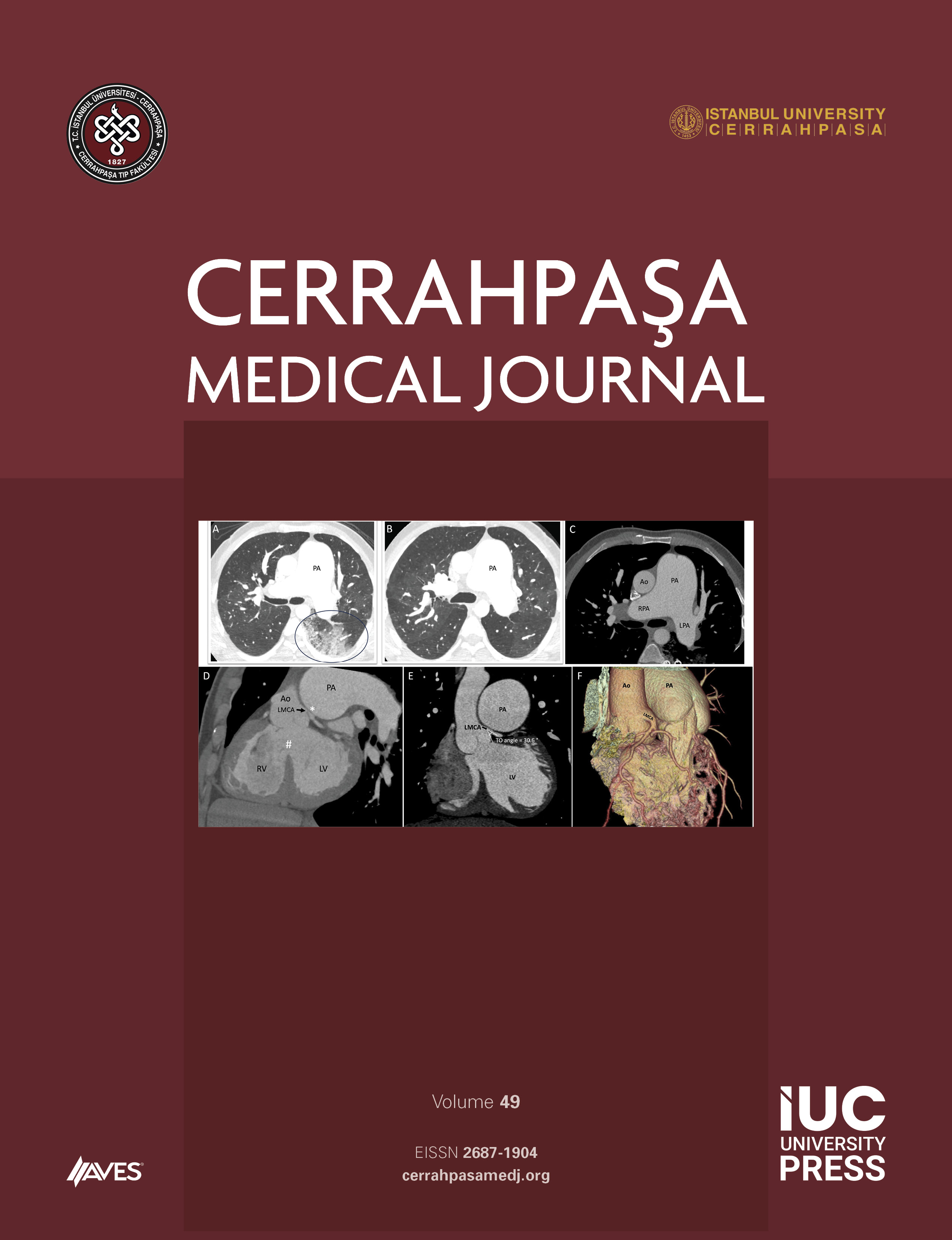Ligamentum falciforme separates liver from the left lateral and medial segments along the umbilical fissure and suspends the liver on the anterior wall of the abdomen. The ligamentum teres hepatis is a remnant of the obliterated umbilical vein, which lies on the free edge of the falciform ligament. Moreover, it contains paraumbilical venules, muscle fibers, various fatty tissue amounts, and two mesothelial layers. Pathologies of the falciform ligament are considerably rare. The ligament is usually secondarily affected by surrounding inflammatory diseases. Because of its rarity, necrosis, or abscess of the falciform ligament is usually misdiagnosed as an abdominal wall abscess, and inappropriate treatment leads to the lesion’s persistence and complications. Surgical resection is the therapy of choice. The main purpose is to remind that respiratory problems can be the primary complaint of the patient who applies to the emergency room with falciform necrosis secondary to acute pancreatitis.
Cite this article as: Perek A, Altan N, Turaç Kösem YÖ, Tutar O, Durgun V. Falciform Ligament Necrosis and Respiratory Distress due to Acute Pancreatitis. Cerrahpaşa Med J 2021; 45(1): 53-56.



